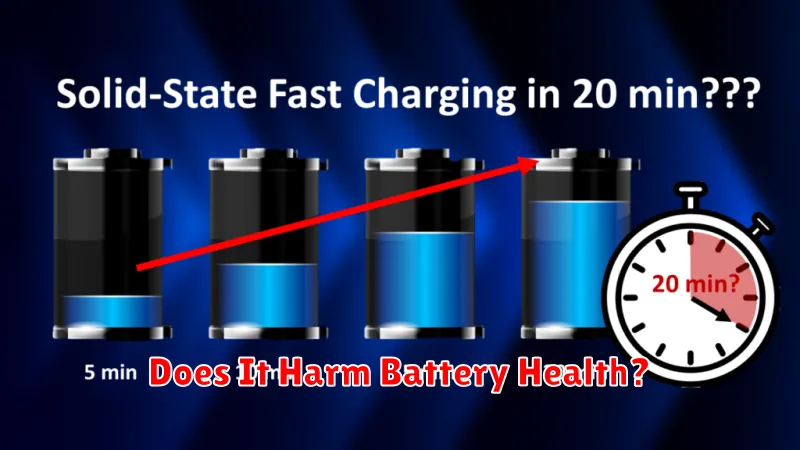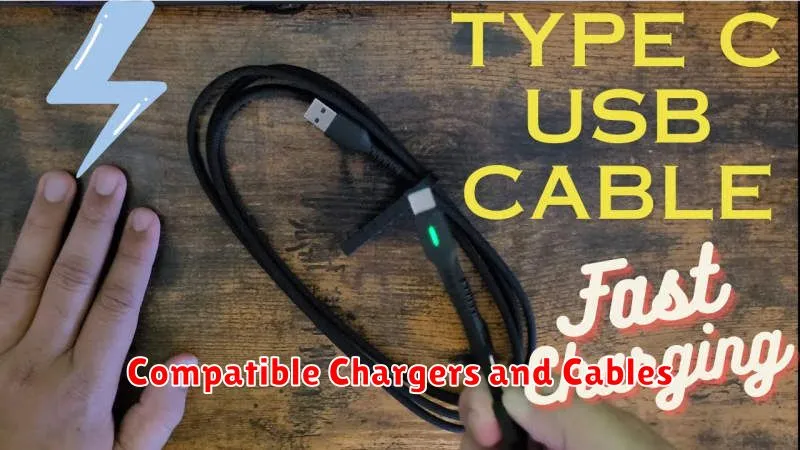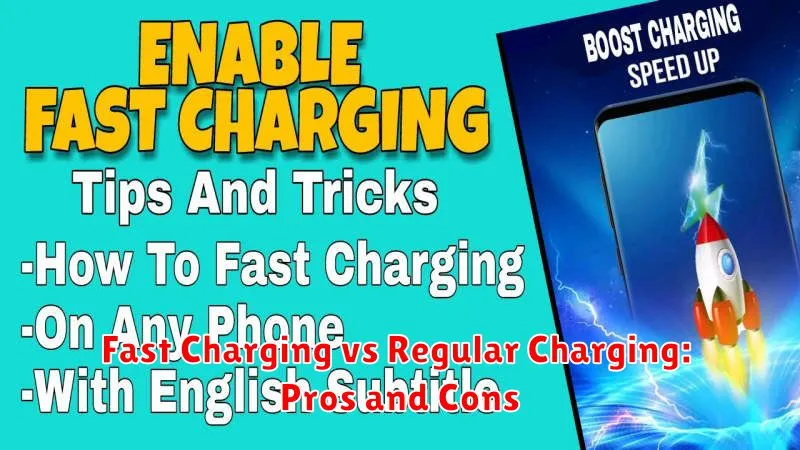In today’s fast-paced world, keeping our devices powered up is paramount. We rely on our smartphones, tablets, and laptops for communication, work, and entertainment, making fast charging a seemingly indispensable feature. However, while the allure of a quickly replenished battery is undeniable, it’s crucial to understand the differences between fast charging and regular charging. This article will delve into the pros and cons of each method, allowing you to make an informed decision about which charging method best suits your needs and device longevity.
The debate between fast charging and regular charging often revolves around convenience versus battery health. While fast charging offers the undeniable advantage of quickly topping off your device’s battery, concerns linger about its potential long-term effects. Regular charging, on the other hand, is often perceived as a gentler, albeit slower, approach. By exploring the pros and cons of both fast charging and regular charging, we aim to shed light on the advantages and disadvantages of each, empowering you to optimize your charging habits and potentially prolong the lifespan of your valuable electronic devices.
What Is Fast Charging?
Fast charging, also known as quick charging, is a technology that replenishes a battery’s capacity significantly faster than standard charging. It involves delivering a higher electrical current to the battery in a shorter amount of time.
How it Works: Fast charging utilizes specialized charging hardware and software in both the charging device (adapter) and the receiving device (phone, tablet, etc.). The charging adapter delivers higher voltage and/or amperage, increasing the power delivered to the battery. The receiving device regulates this power to prevent damage to the battery.
Key Factors: The speed of fast charging is measured in watts. Higher wattage equates to faster charging. Different fast charging standards exist, such as USB Power Delivery (USB PD) and Qualcomm Quick Charge, each with its own specifications and compatibility requirements.
Charging Speed Comparison
A key differentiator between fast charging and regular charging lies in their charging speeds. Fast charging utilizes higher voltage and amperage to deliver power to the battery much more rapidly. Regular charging, also known as standard charging, operates at lower power levels, resulting in significantly longer charging times.
For example, a fast charger might replenish a smartphone battery from 0% to 50% in approximately 30 minutes, while a regular charger might take over an hour to achieve the same result. The exact charging times vary depending on the device’s battery capacity, the charger’s output, and other factors like ambient temperature.
| Charging Method | Approximate Time (0% – 50%) |
|---|---|
| Fast Charging | ~30 minutes |
| Regular Charging | >60 minutes |
Does It Harm Battery Health?

This is a common concern with fast charging. While fast charging generates more heat than standard charging, and excessive heat can degrade a battery, modern phones have sophisticated thermal management systems to mitigate this risk.
Battery degradation is a complex process affected by numerous factors, including charging habits, environmental temperature, and overall usage. While fast charging may contribute slightly to battery wear over the long term compared to standard charging, the effect is generally minimal with proper thermal management.
Most manufacturers design their fast charging systems to prioritize battery health. Charging speeds typically slow down as the battery nears full capacity to reduce heat generation and stress. This adaptive charging contributes to the longevity of the battery.
Compatible Chargers and Cables

Fast charging requires specific chargers and cables designed to handle the higher power delivery. Using incompatible chargers or cables can result in slow charging or, in some cases, damage to the device. Always check your device’s documentation to identify supported fast charging standards (e.g., USB Power Delivery, Qualcomm Quick Charge) and ensure your charger and cable are compliant.
While regular charging is generally more forgiving regarding cable and charger compatibility, using the charger and cable provided with your device is always recommended for optimal performance. Using low-quality or damaged cables can lead to slower charging speeds and potential safety hazards.
Key Considerations for Cable and Charger Compatibility:
- Charger Output: Ensure the charger’s power output (measured in watts or amps) meets or exceeds the requirements of your device and the charging standard.
- Cable Quality: Use high-quality cables with appropriate connectors and gauge to support the desired charging speed. Avoid damaged or frayed cables.
- Charging Standard: Verify that both the charger and the cable support the same fast charging standard as your device.
Best Practices for Fast Charging
To maximize the lifespan of your battery and ensure safe fast charging, follow these best practices:
Use the Right Charger
Always use the charger and cable recommended by your device’s manufacturer. Using incompatible chargers can damage your battery or even pose a safety hazard.
Avoid Extreme Temperatures
Avoid fast charging in extremely hot or cold environments. High temperatures can accelerate battery degradation.
Don’t Fully Charge or Discharge
It’s generally recommended to keep your battery charge between 20% and 80%. While modern batteries are less susceptible to memory effects, consistently charging to 100% or depleting to 0% can still contribute to long-term wear.
Monitor for Overheating
While some warmth is normal during fast charging, excessive heat is a warning sign. If your device gets unusually hot, stop charging immediately.
Myths Around Battery Life

Several myths surround battery life, particularly concerning charging habits. One persistent myth claims that leaving your phone plugged in overnight “overcharges” the battery and significantly reduces its lifespan. This is largely false. Modern smartphones utilize sophisticated power management systems that prevent overcharging. Once the battery reaches 100%, the current stops flowing. While trickle charge maintains this level, the impact on long-term battery health is minimal.
Another common misconception involves “battery memory.” Older battery technologies, like Nickel-Cadmium (NiCd), suffered from this phenomenon where repeatedly charging a partially discharged battery could reduce its overall capacity. However, modern Lithium-ion batteries, ubiquitous in smartphones today, are not susceptible to battery memory. Users can charge their devices whenever convenient, without concern for negatively impacting the battery’s long-term performance.
When to Use Slow Charging
While fast charging offers undeniable convenience, slow charging remains a valuable charging method in specific situations. Utilizing a standard charger, often the one that came with your device, is sometimes the preferred choice.
Overnight Charging: If you typically charge your device overnight, slow charging is ideal. It minimizes stress on the battery and reduces heat generation, promoting long-term battery health.
Minimizing Battery Degradation: Over time, frequent fast charging can contribute to accelerated battery degradation. Slow charging, while taking longer, puts less strain on the battery, potentially extending its lifespan.
When Battery Health is a Priority: If maximizing the longevity of your battery is paramount, opting for slow charging whenever possible is a prudent approach.
When Heat is a Concern: Fast charging can generate significant heat. In hot environments, or if you are concerned about heat buildup, slow charging offers a cooler charging experience.

